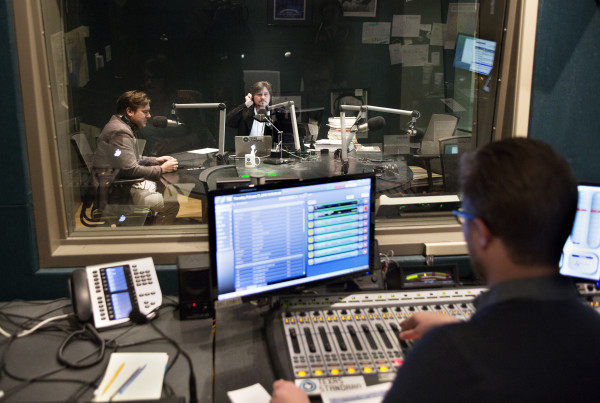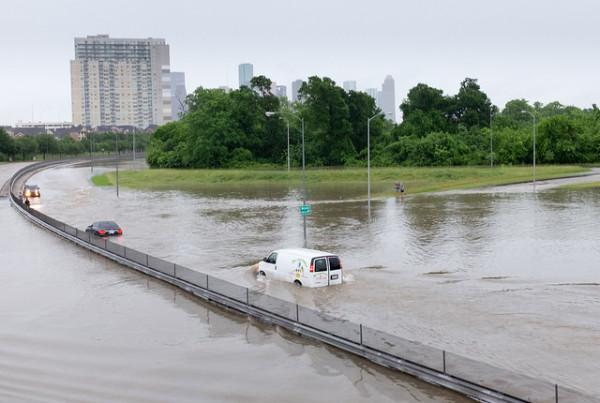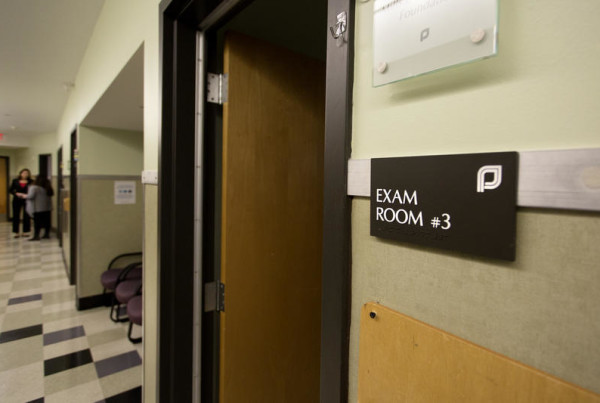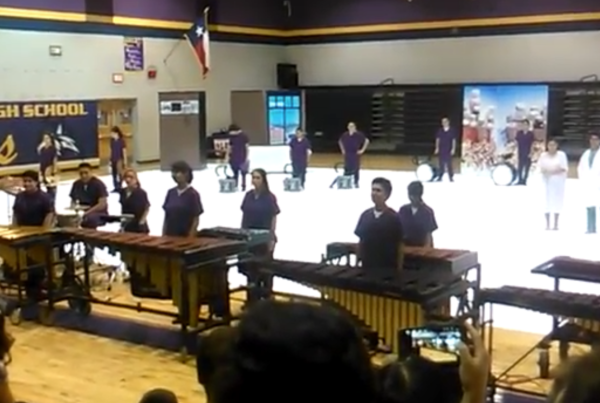This story originally appeared on KERA News.
Toni Wheeler first heard the story when she was a kid growing up in Aurora. An older neighbor down the way – Mr. Mayfield, she called him – would sit on his porch and tell stories.
“Then I started asking my grandfather about it and he would snicker about it,” Wheeler says. “And my grandmother said it’s hogwash. But my uncles would discuss it. Especially my uncle Marvin, he loved to tell tall tales anyway, and he really got on telling all kinds of stories, and Ned’s story was one of them.”
Ned is the name Wheeler gave to an extra-terrestrial pilot that is said to have been buried in Aurora in 1897.
According to legend — and a Texas historical marker — early in the morning on April 17, 1897, something strange happened in the small town of Aurora, about 30 miles northwest of Fort Worth. A cigar-shaped airship was seen falling from the sky when it crashed through a windmill and exploded. The airship, it is said, was not of this world. The pilot – from Mars, people thought at the time – was allegedly buried with Christian rites at the nearby Aurora Cemetery. The Wise County town hosted a conference Saturday to commemorate the UFO crash.
Wheeler’s family has been in Aurora for several generations. She’s been Aurora’s city administrator for more than a decade.
On Saturday Wheeler spent the day leading bus trips to the crash site and the old town cemetery. It was part of the Aurora Alien Encounter conference she helped organize. Researchers have looked into the story for years, testing water in the well where the wreckage was said to be stored, digging metal out of trees at the crash site as proof something exploded, and using radar to see if there really is a Ned in Ned’s grave. In the 70’s, Wheeler says people even tried to exhume the remains.
“You cannot exhume a grave unless you notify the next of kin,” Wheeler says with a smile. “And that’s how the cemetery association got the court injunction in 1972 to keep them from exhuming the remains.”
This wasn’t the only UFO sighting in Texas in the spring of 1897. New telescope technology had allowed people to see the face of Mars more clearly than ever…though maybe not quite clearly enough. An Italian astronomer in 1888 announced he’d seen evidence of canals on the red planet.
“People kind of freaked out,” says E.R. Bills, an author who wrote about the Aurora incident in his book Texas Obscurities. “It was the first serious discussion of maybe there being life. So when this crash happened here, you know, people had heard of that, and that’s why they assumed the pilot was from Mars.”















